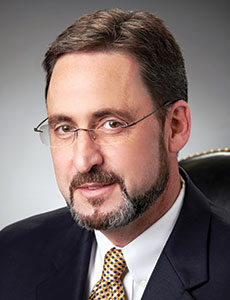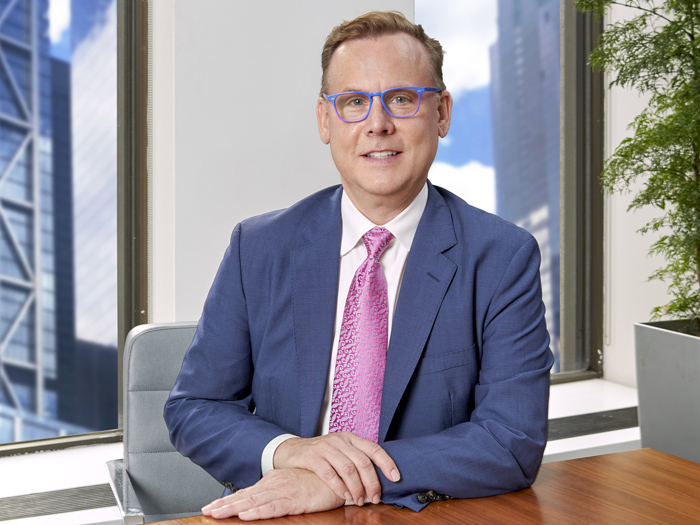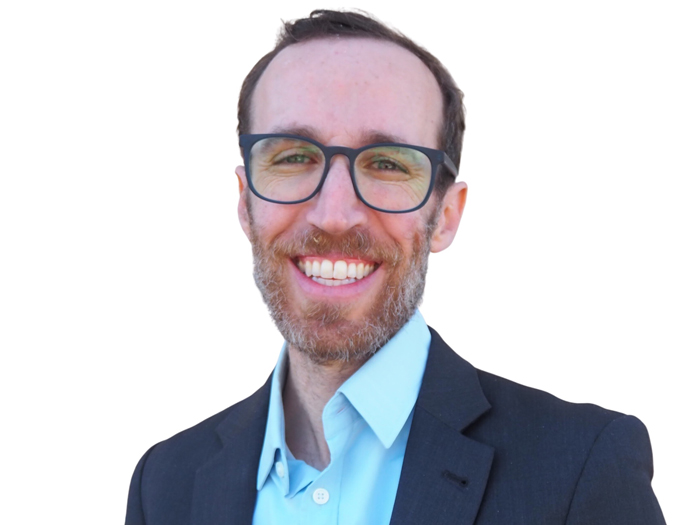Sponsored: Philadelphia Insurance Companies
Serving the Servants: Mitigating Liability for the Human Service Sector

The opioid epidemic is well-recognized as one of the nation’s most pressing issues.
Widespread addiction affects not just the lives of individuals and their families but also the businesses who employ and serve them.
Human service organizations feel the effects most acutely, as they may have staff members battling with the very addictions and consequences they are supposed to help their clients escape and overcome. At the same time, the opioid crisis is driving up demand for their services and stretching their resources thin.
Counseling and addiction treatment centers, homeless shelters and foster care systems are burdened by an influx of people seeking help — an increase directly correlated with the prevalence of opioid addiction. But facing a lack of funding and chronic staffing shortages, these entities struggle to meet the need and open themselves to greater liability exposure.
“From an insurance perspective, the opioid crisis is the most significant trend impacting social service organizations’ ability to manage risk,” said Paul Siragusa, vice president, Philadelphia Insurance Companies.
“The threat of liability lawsuits looms large over this industry.”
Addiction, Social Services and the Liability Problem

Paul Siragusa, vice president, Philadelphia Insurance Companies
No company is immune from the insidious influence of addiction on productivity and performance. Employees struggling themselves or with family members take off more time from work. When they are physically present, their minds may still be distracted.
But, “organizations charged with caring for the intellectually or physically disabled, the homeless or their children cannot afford to have mentally disengaged employees,” Siragusa said. “When staff doesn’t show up, people get hurt.”
For detox and counseling centers, a flood of new clientele makes it harder for staff to adhere to supervision guidelines. Many facilities have specific protocols dictating one-on-one or two-on-one supervision at certain times. If there isn’t enough staff to maintain those levels or if workers on duty are distracted, it can create a life-threatening problem. The perils range from choking hazards to dangerous withdrawal symptoms or even violence perpetrated by angry clients against themselves or others.
“Failure to meet supervision guidelines is one of the greatest sources of lawsuits and liability claims for these organizations,” Siragusa said. “If someone is not present — physically or mentally — the people they’re meant to watch over can die.”
More adults entering addiction treatment also coincides with more children entering the foster care system.
“Some state foster care systems have seen a 20 to 30 percent increase in children being placed into foster care, and they are citing a direct correlation with the opioid epidemic. When parents are hooked on drugs, kids have to be removed from the home,” Siragusa said. “We haven’t seen a spike like this since the crack cocaine epidemic of the 1980s.”
With more children and more foster families involved, social workers have a harder time properly vetting each situation before placing children into homes.
“Sexual or physical abuse claims involving a foster child garner multimillion dollar verdicts on a weekly basis,” Siragusa said. “They usually boil down to the failure of social service providers to fully inspect and evaluate foster homes, to fully vet foster parents or to monitor children once placed in the home. None of these functions can be properly executed if human services organizations are understaffed based on the increased caseload.”
Homeless shelters experience similar issues, as homelessness and substance abuse rates are also highly correlated. According to a study published by the American Psychiatric Association, 25 percent of homeless people surveyed said drugs and alcohol were a major cause of their homelessness.
“From an insurance perspective, the opioid crisis is the most significant trend impacting social service organizations’ ability to manage risk.”
— Paul Siragusa, vice president, Philadelphia Insurance Companies
“The biggest liability risk for homeless shelters when they’re overwhelmed with entrants is client-on-client abuse. A significant percentage of the client population have severe mental health issues, and fights often break out over beds or belongings. When fights result in injuries, the injured party could secure pro bono legal assistance to bring suit,” Siragusa said.
“Lawsuits alleging the shelter did not provide a safe environment can result in verdicts or settlements in the hundreds of thousands.”
Insufficient funds and low staffing levels exacerbate these risks. Most social service organizations already operate on narrow budgets, making it difficult to hire extra staff or provide additional resources when demand is high. Counseling centers, homeless shelters and nonprofits in this space cannot offer the salaries that typically help attract and retain high-caliber workers. High turnover rates increase the risk that employees are under-trained and may not fully understand their responsibilities or workplace policies.
Risk Mitigation Solutions
More federal funding could help these providers better serve their communities. The President’s proposed budget released in February of this year included $13 billion to help fight the opioid crisis, allocating $3 billion in 2018 and $10 billion in 2019 to the U.S. Department of Health and Human Services.
In the meantime, social service entities can take some simple steps to minimize liability exposure using their existing resources.
“Drug screening and testing for employees is imperative. Workers responsible for the safety and care of people impacted by addiction cannot be afflicted with the same struggles themselves,” Siragusa said. Clear policies around supervision ratios and client monitoring, frequently communicated to staff, can also help drive home the importance of those standards.
Organizations can also utilize risk management specialists to identify ways to strengthen their defense should a claim end up in court. Proper documentation of everything from drug testing results, employee policies and training, incident reporting and response actions can help an entity argue its case in front of a jury.
With a long track record in this sector, Philadelphia Insurance has the experience and expertise to align clients with these critical resources. It has worked with social service providers since 1989, but the company’s history with underserved communities extends back to its inception in the 1960s.
“Our founder, James Maguire, attended college in Philadelphia and was first exposed to the deaf community in his senior year when he volunteered at Pennsylvania School for the Deaf to teach basketball to the students. Through the friendships established there, he later realized there weren’t many life insurance options available to them. The industry had overlooked them entirely,” Siragusa said.
“So he learned sign language, convinced his first employer (a life insurance company) to allow him to start selling personal lines coverage to the deaf, and was hugely successful.”
The ethos of helping communities that society tends to cast aside or ignore carried over to the founding of Philadelphia Insurance two decades later. Today, social service providers are the insurer’s primary clients, representing one-third of its business.
“We know the industry well and provide the best products available for the human service sector. Our underwriters and claims staff understand their needs and challenges,” Siragusa said.
The evidence lies in the longevity of its relationships. Other carriers in the space typically work with an insured for three to four years before their appetite changes. Philadelphia’s clients, on average, stick with them for 12.
To learn more about Philadelphia Insurance Companies’ solutions for human service providers, visit https://www.phly.com/nonprofit.
This article was produced by the R&I Brand Studio, a unit of the advertising department of Risk & Insurance, in collaboration with Philadelphia Insurance Companies. The editorial staff of Risk & Insurance had no role in its preparation.










